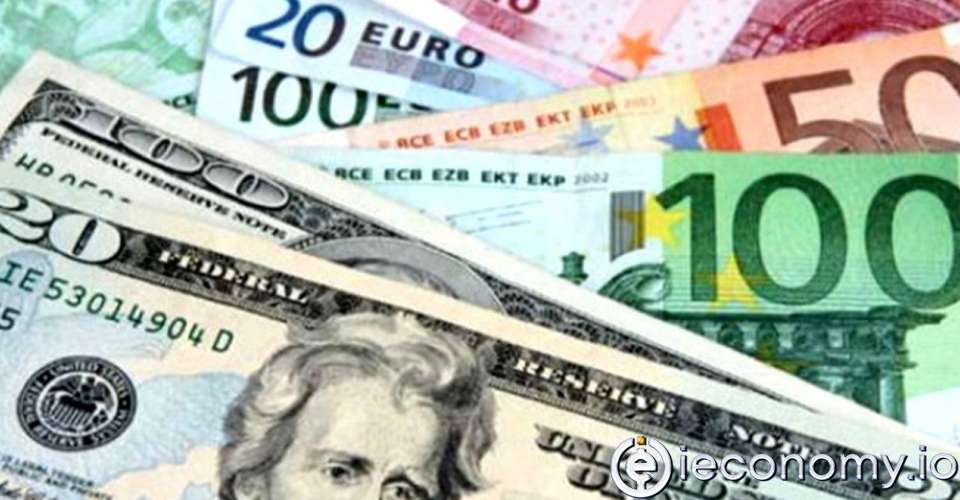6411
0
Dollar Declines in European Trade
The US dollar declined in European trade early Monday, but a holiday in the US is likely to limit volatility as it remains in demand...

Yazar: Charles Porter
Yayınlanma: 4 Temmuz 2022 15:46
Güncellenme: 13 Aralık 2025 11:44
Dollar Declines in European Trade
The US dollar declined in European trade early Monday, but a holiday in the US is likely to limit volatility as it remains in demand as a safe haven amid concerns about slowing global growth.
The Dollar Index, which tracks the greenback against a basket of six other currencies, was down 0.1% to 104.810 at 02:55 GMT (0655 GMT), not far below the two-decade high of 105.790 it reached last month. Nomura analysts said in a note that the US, as well as the eurozone, the UK, Japan, South Korea, Australia and Canada, are likely to decline into recession in the next 12 months, as central banks seeking to rebuild their credibility for controlling inflation may tighten policy too much. This view was supported by recent economic data, such as the much smaller-than-expected growth in US consumer spending in May and the much-anticipated GDPNow forecast from the Atlanta Federal Reserve, which fell to an annualized minus 2.1% for the second quarter. Nevertheless, Fed Chair Jerome Powell last week reiterated the Fed's commitment to contain raging inflation. "The dollar should continue to rely on a fairly solid footing in the third quarter thanks to the Fed's front-loaded rate hikes and a still challenging environment for global risk assets amid tighter liquidity and fears of a global slowdown," ING analysts said in a note. Investors will be closely watching Friday's non-farm payrolls report on how the labor market is performing given the Fed's inflation/employment mandate, while Wednesday's minutes of the central bank's June meeting will also provide a glimpse of how policymakers view the future path of interest rates. The market forecasts that the Fed will hike rates by 75 basis points this month after the US central bank delivered its biggest hike since 1994 in June. The EUR/USD pair rose 0.1% to 1.0434, barely above May's five-year low of 1.0349 and not helped by Germany reporting its first monthly trade deficit since 1991 after exports unexpectedly fell in May.İLGİLİ HABERLER





European stocks soared and focus shifted to German retail sales after Powell's speech!

Forex Signal For TRY/USD: Inflation Slowdown in November.

Forex Signal For GBP/USD: Bullish Trend Still Not Breaking While Recovery Continues.

Forex Signal For EUR/USD: Starry US Data Points to Higher Fed Increases.

Forex Signal For BTC/USD: Downside Continues as Bitcoin Recovery Moves Less.
En Popüler Haberler
Yorum Yap
Yorumlar
Henüz yorum yapan yok! İlk yorumu siz yapın...